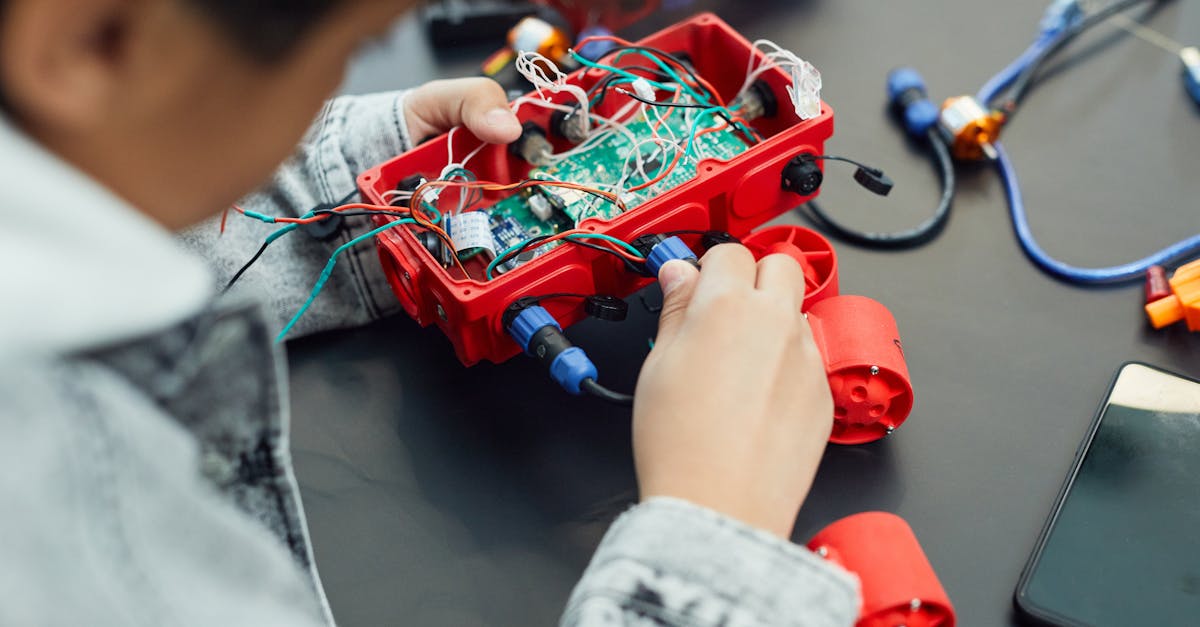Introduction
Machine learning (ML) sounds complex, but the core concept is surprisingly simple. This post breaks down the essence of machine learning, making it easy to grasp even if you're a complete beginner.
What is Machine Learning?
At its heart, machine learning is about teaching computers to perform tasks without explicitly programming them for every scenario. Instead, we feed them data and an algorithm, allowing them to learn and improve their performance over time – much like humans learn from experience. This concept, coined in 1959 by Arthur Samuel at IBM while working on an AI checkers player, now underpins countless applications in our daily lives.
Two Fundamental Tasks of Machine Learning
Machine learning models primarily perform two key functions:
- Classification: Categorizing data. Examples include identifying cars in road images, or diagnosing diseases based on patient data.
- Prediction: Forecasting future outcomes. This includes predicting stock prices, recommending YouTube videos, or estimating future costs.
The Machine Learning Process: A Step-by-Step Guide
Building a machine learning model involves several crucial steps:
- Data Acquisition and Cleaning: Gathering and preparing large amounts of high-quality data is paramount. "Garbage in, garbage out" – the quality of your data directly impacts the model's accuracy. Data scientists use techniques like feature engineering to transform raw data into a format suitable for the algorithm.
- Data Splitting: Dividing the data into training and testing sets. The training set is used to build the model, while the testing set evaluates its accuracy and identifies potential errors.
- Algorithm Selection: Choosing the appropriate algorithm is crucial. Options range from simple statistical models like linear or logistic regression to more complex ones like convolutional neural networks (CNNs), particularly useful for image and natural language processing.
- Model Training and Evaluation: Algorithms learn by minimizing an error function. For classification, accuracy might be the metric; for regression, mean absolute error is common. The trained model is a file that takes input data and produces predictions.
- Deployment: Once trained and validated, the model can be deployed on a device or in the cloud to power real-world applications.
Tools and Technologies
Python is the preferred programming language for many data scientists, with R and Julia also popular choices. Numerous supporting frameworks simplify the machine learning process.
Conclusion
Machine learning, at its core, is about using algorithms to learn from data and make predictions or classifications. The process involves acquiring and cleaning data, choosing an appropriate algorithm, training the model, and finally deploying it. While seemingly complex, understanding the fundamental steps provides a solid foundation for appreciating the power and potential of this transformative technology.
Keywords: Machine Learning, Data Science, Algorithm, Prediction, Classification

Comments
Post a Comment